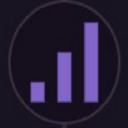-
 bitcoin
bitcoin $110323.126235 USD
1.94% -
 ethereum
ethereum $3864.833023 USD
1.25% -
 tether
tether $1.000393 USD
0.02% -
 bnb
bnb $1133.877748 USD
4.86% -
 xrp
xrp $2.393640 USD
1.11% -
 solana
solana $192.566078 USD
6.48% -
 usd-coin
usd-coin $0.999906 USD
0.00% -
 tron
tron $0.313196 USD
-2.80% -
 dogecoin
dogecoin $0.194944 USD
2.29% -
 cardano
cardano $0.643216 USD
2.65% -
 hyperliquid
hyperliquid $39.990234 USD
7.27% -
 chainlink
chainlink $17.375446 USD
0.89% -
 ethena-usde
ethena-usde $0.999536 USD
0.02% -
 stellar
stellar $0.310716 USD
0.33% -
 bitcoin-cash
bitcoin-cash $480.762464 USD
1.14%
Is the mild enlargement of the Yang line at the bottom a signal for building a position?
A mildly enlarged Yang line at the bottom may signal early bullish reversal in crypto, showing easing sell pressure and cautious buyer entry.
Jun 24, 2025 at 10:56 am
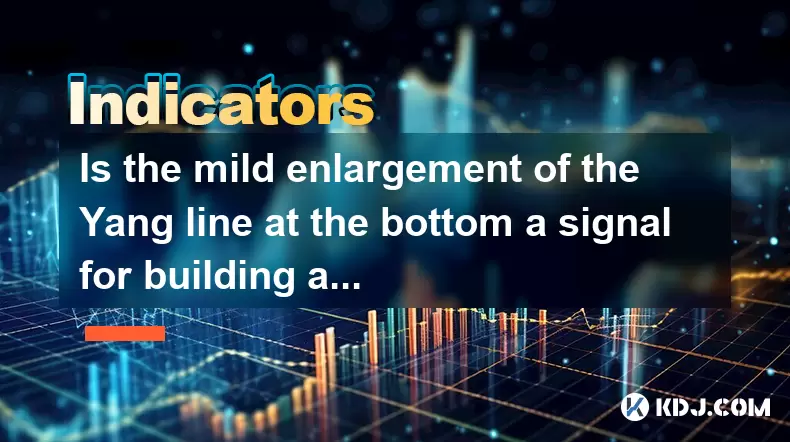
Understanding the 'Mild Enlargement of the Yang Line at the Bottom'
In technical analysis within the cryptocurrency market, candlestick patterns are often used to predict price movements. The 'Yang line' refers to a bullish candlestick, typically represented by a green or hollow body, indicating that the closing price is higher than the opening price. When traders refer to a 'mild enlargement of the Yang line at the bottom,' they are describing a scenario where a small bullish candle appears after a downtrend and begins to show signs of increasing volume or length compared to previous candles.
This pattern may suggest that selling pressure is beginning to ease and buyers are stepping in cautiously. However, it's important to distinguish between a genuine reversal signal and a temporary bounce within a larger downtrend. In crypto trading, such signals should be analyzed alongside other indicators like volume, moving averages, and RSI (Relative Strength Index) to confirm whether it’s a reliable entry point.
How to Identify the Mild Enlargement of the Yang Line
Recognizing this pattern involves several key criteria:
- The candle must appear after a clear downtrend.
- The body of the candle should be slightly longer than the preceding bearish candles but not necessarily very large.
- There should be a noticeable increase in volume during the formation of this candle.
- The wick lengths should be relatively short, suggesting strong buying interest throughout the period.
- It should be followed by a confirmation candle—preferably another bullish candle—to validate the potential reversal.
Traders often use tools like TradingView or Binance’s native charting system to highlight these patterns visually. For instance, you can apply candlestick pattern recognition scripts or manually draw support lines near the area where this candle forms.
What This Pattern Suggests About Market Sentiment
The appearance of a mildly enlarged Yang line at the bottom indicates a shift in sentiment from bearish to neutral or potentially bullish. During a downtrend, sellers dominate the market, pushing prices lower with each successive candle. When a stronger-than-usual bullish candle emerges, it shows that buyers are starting to absorb the selling pressure.
In the context of cryptocurrencies, which are known for high volatility and emotional trading behavior, this could mean that institutional players or whales are accumulating assets at discounted levels. Retail traders might also start entering positions if they perceive value at current price levels.
It's crucial to understand that this pattern alone doesn't guarantee a reversal. Instead, it serves as a potential early warning sign that the downtrend may be losing momentum.
Steps to Confirm the Signal Before Building a Position
Before taking any position based on this pattern, traders should go through a multi-step confirmation process:
- Check the surrounding candles: Ensure that the prior trend was indeed bearish and sustained.
- Analyze volume: Look for an increase in trading volume during and after the formation of the Yang line. Rising volume confirms buyer interest.
- Use moving averages: Overlay 50-period and 200-period EMAs to see if the price is approaching or bouncing off key moving average levels.
- Monitor RSI and MACD: If RSI crosses above 30 or shows divergence from the price, it could indicate strengthening momentum. Similarly, a MACD crossover above the signal line adds to the bullish case.
- Wait for a follow-through candle: A strong bullish candle immediately following the mild Yang line strengthens the validity of the reversal.
Only when multiple indicators align should a trader consider initiating a position.
Risk Management When Entering Based on This Signal
Even with proper confirmation, trading based on candlestick patterns carries risk. Therefore, implementing solid risk management strategies is essential:
- Set a stop-loss order just below the low of the Yang line to limit downside exposure.
- Limit position size to a fraction of your total portfolio—typically no more than 1–3% per trade.
- Use trailing stops once the trade moves in your favor to lock in profits while allowing room for the trend to develop.
- Avoid over-leveraging, especially in highly volatile markets like crypto derivatives.
By applying these principles, traders can protect their capital even if the pattern fails to result in a full reversal.
Frequently Asked Questions (FAQ)
Q: Can the mild enlargement of the Yang line occur mid-trend and still be meaningful?A: Yes, though its significance changes. In a mid-trend context, it may act as a continuation pattern rather than a reversal. Confirmation becomes even more critical in such cases.
Q: Is this pattern equally reliable across all cryptocurrencies?A: No, larger-cap coins like Bitcoin and Ethereum tend to form more reliable candlestick patterns due to higher liquidity and less manipulation compared to smaller altcoins.
Q: Should I only rely on candlestick patterns for entry signals?A: No, candlestick patterns should always be used in conjunction with other technical indicators and volume analysis to increase the probability of successful trades.
Q: What time frame is best for identifying this pattern?A: While it can appear on any time frame, it's most effective on higher time frames like 4-hour or daily charts, where false signals are less frequent.
Disclaimer:info@kdj.com
The information provided is not trading advice. kdj.com does not assume any responsibility for any investments made based on the information provided in this article. Cryptocurrencies are highly volatile and it is highly recommended that you invest with caution after thorough research!
If you believe that the content used on this website infringes your copyright, please contact us immediately (info@kdj.com) and we will delete it promptly.
- Essex Post Office, 5p Coins, and King Charles: A Royal Mint Revelation!
- 2025-10-23 10:30:16
- Waymo's Newark Airport AV Tests: Alphabet's AI Gamble Pays Off?
- 2025-10-23 10:30:16
- King Charles 5p Coins: A Royal Flush in Your Pocket?
- 2025-10-23 10:35:18
- Solana, Crypto Advisory, and Forward Industries: A New York Minute on the Future of Finance
- 2025-10-23 08:51:22
- MAGACOIN: Ethereum Whales Dive into the Hottest Presale of 2025
- 2025-10-23 08:51:22
- Kadena's End of the Road? KDA Token Plummets Amid Project Abandonment
- 2025-10-23 08:55:34
Related knowledge
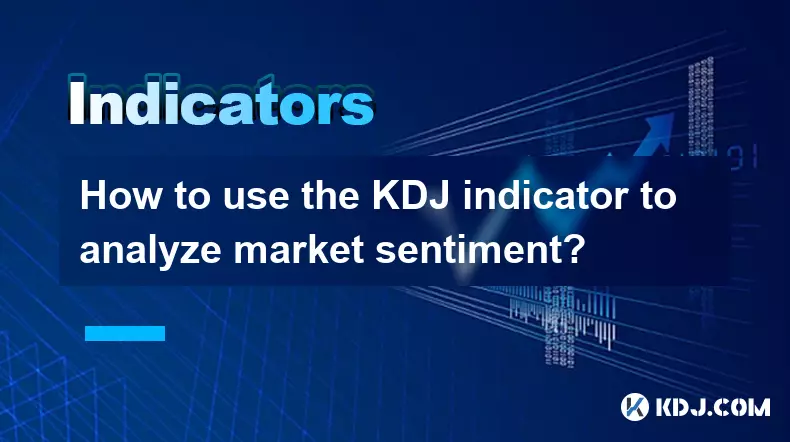
How to use the KDJ indicator to analyze market sentiment?
Oct 18,2025 at 07:18pm
Understanding the KDJ Indicator in Cryptocurrency Trading1. The KDJ indicator, also known as the Stochastic Oscillator, is a momentum-based technical ...
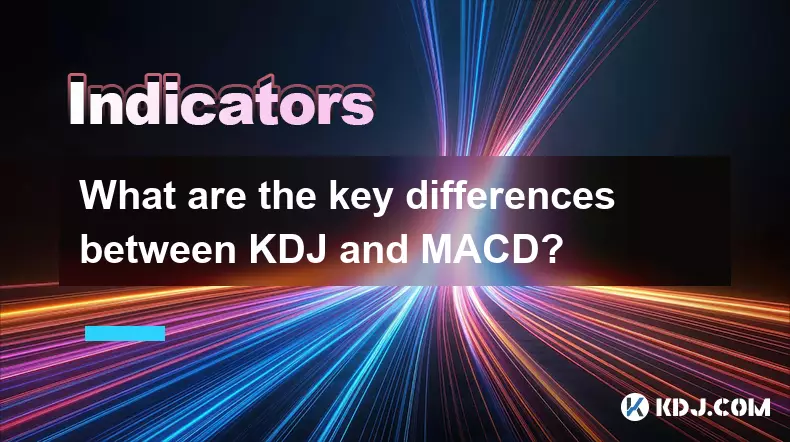
What are the key differences between KDJ and MACD?
Oct 18,2025 at 04:54am
KDJ Indicator: Core Mechanics and Usage1. The KDJ indicator is a momentum oscillator that combines the features of the Stochastic Oscillator with an a...
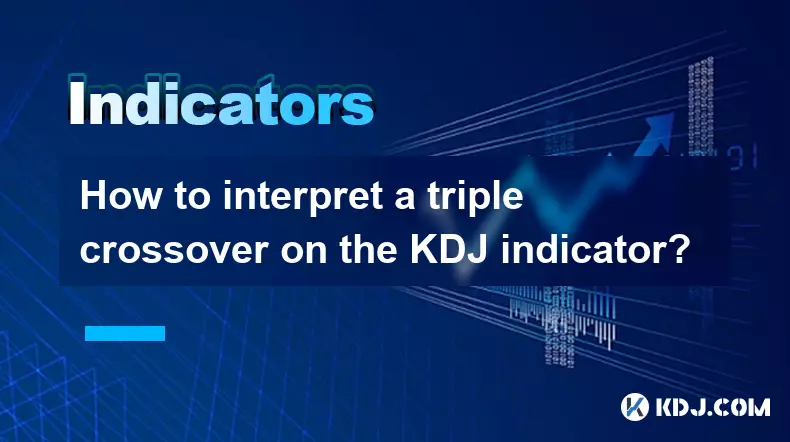
How to interpret a triple crossover on the KDJ indicator?
Oct 18,2025 at 01:54pm
Understanding the Triple Crossover in KDJ Indicator1. The KDJ indicator, a derivative of the Stochastic Oscillator, consists of three lines: K, D, and...

What's the best timeframe for the KDJ indicator?
Oct 20,2025 at 03:01pm
Understanding the KDJ Indicator in Crypto TradingThe KDJ indicator, an extension of the stochastic oscillator, is widely used in cryptocurrency tradin...
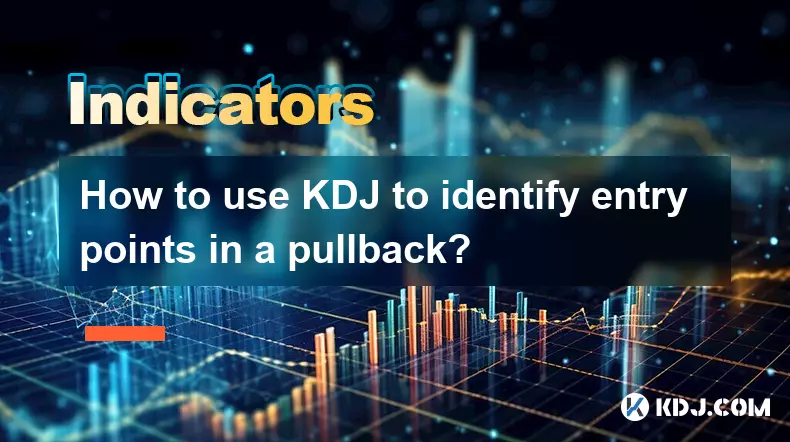
How to use KDJ to identify entry points in a pullback?
Oct 18,2025 at 09:36am
Understanding KDJ in the Context of Pullbacks1. The KDJ indicator, an extension of the stochastic oscillator, consists of three lines: %K, %D, and %J....
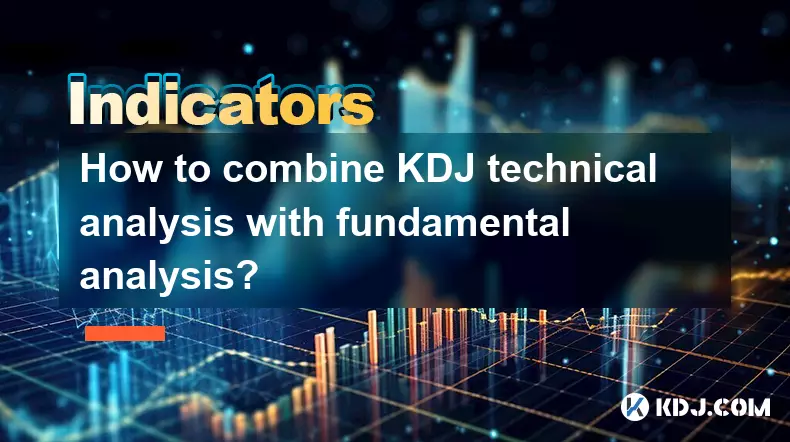
How to combine KDJ technical analysis with fundamental analysis?
Oct 20,2025 at 11:55pm
Understanding KDJ in the Context of Cryptocurrency Markets1. The KDJ indicator, originating from stochastic oscillator principles, is widely used in c...

How to use the KDJ indicator to analyze market sentiment?
Oct 18,2025 at 07:18pm
Understanding the KDJ Indicator in Cryptocurrency Trading1. The KDJ indicator, also known as the Stochastic Oscillator, is a momentum-based technical ...

What are the key differences between KDJ and MACD?
Oct 18,2025 at 04:54am
KDJ Indicator: Core Mechanics and Usage1. The KDJ indicator is a momentum oscillator that combines the features of the Stochastic Oscillator with an a...

How to interpret a triple crossover on the KDJ indicator?
Oct 18,2025 at 01:54pm
Understanding the Triple Crossover in KDJ Indicator1. The KDJ indicator, a derivative of the Stochastic Oscillator, consists of three lines: K, D, and...

What's the best timeframe for the KDJ indicator?
Oct 20,2025 at 03:01pm
Understanding the KDJ Indicator in Crypto TradingThe KDJ indicator, an extension of the stochastic oscillator, is widely used in cryptocurrency tradin...

How to use KDJ to identify entry points in a pullback?
Oct 18,2025 at 09:36am
Understanding KDJ in the Context of Pullbacks1. The KDJ indicator, an extension of the stochastic oscillator, consists of three lines: %K, %D, and %J....

How to combine KDJ technical analysis with fundamental analysis?
Oct 20,2025 at 11:55pm
Understanding KDJ in the Context of Cryptocurrency Markets1. The KDJ indicator, originating from stochastic oscillator principles, is widely used in c...
See all articles




































































